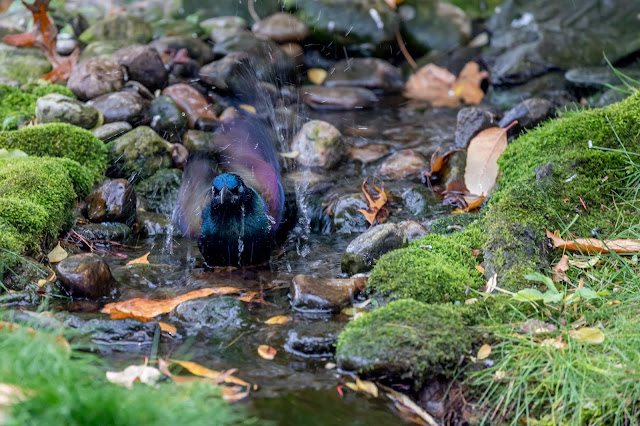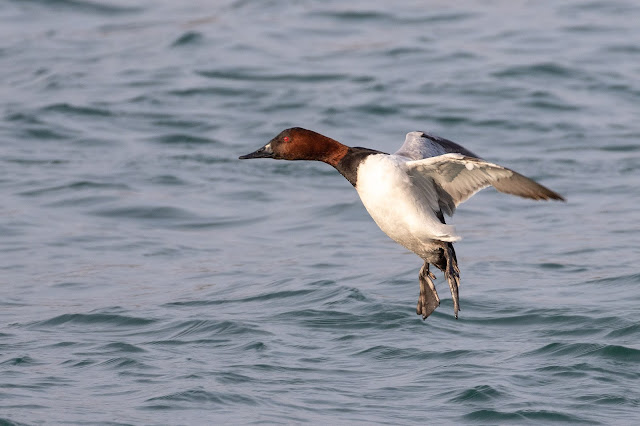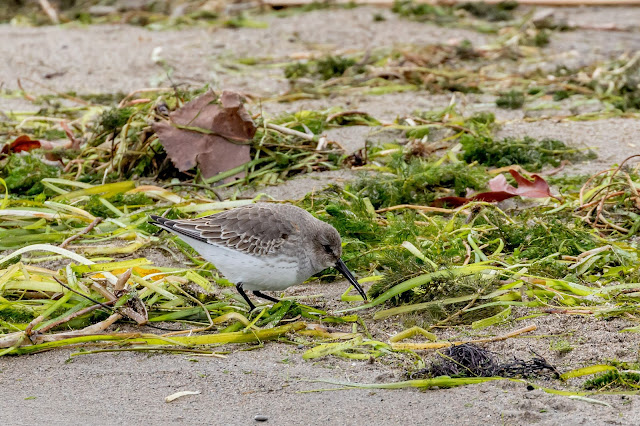Ring-billed gull

Rondeau Provincial Park, Ontario, Canada, Nov 29, 2020. Went down to the beach to see if anything ws happening. Flights of red-breasted merganser and lots of ring-billed gulls. Larus delawarensis Many, if not most, Ring-billed Gulls return to breed at the colony where they hatched. Once they have bred, they are likely to return to the same breeding spot each year, often nesting within a few meters of the last year's nest site. Many individuals return to the same wintering sites each winter too. The oldest recorded Ring-billed Gull was at least 27 years, 6 months old when it was found in New York. source - https://www.allaboutbirds.org/guide/Ring-billed_Gull















